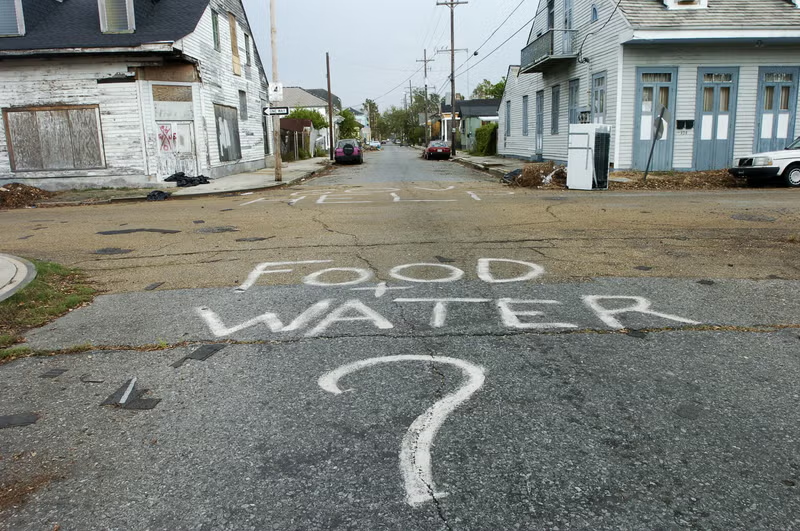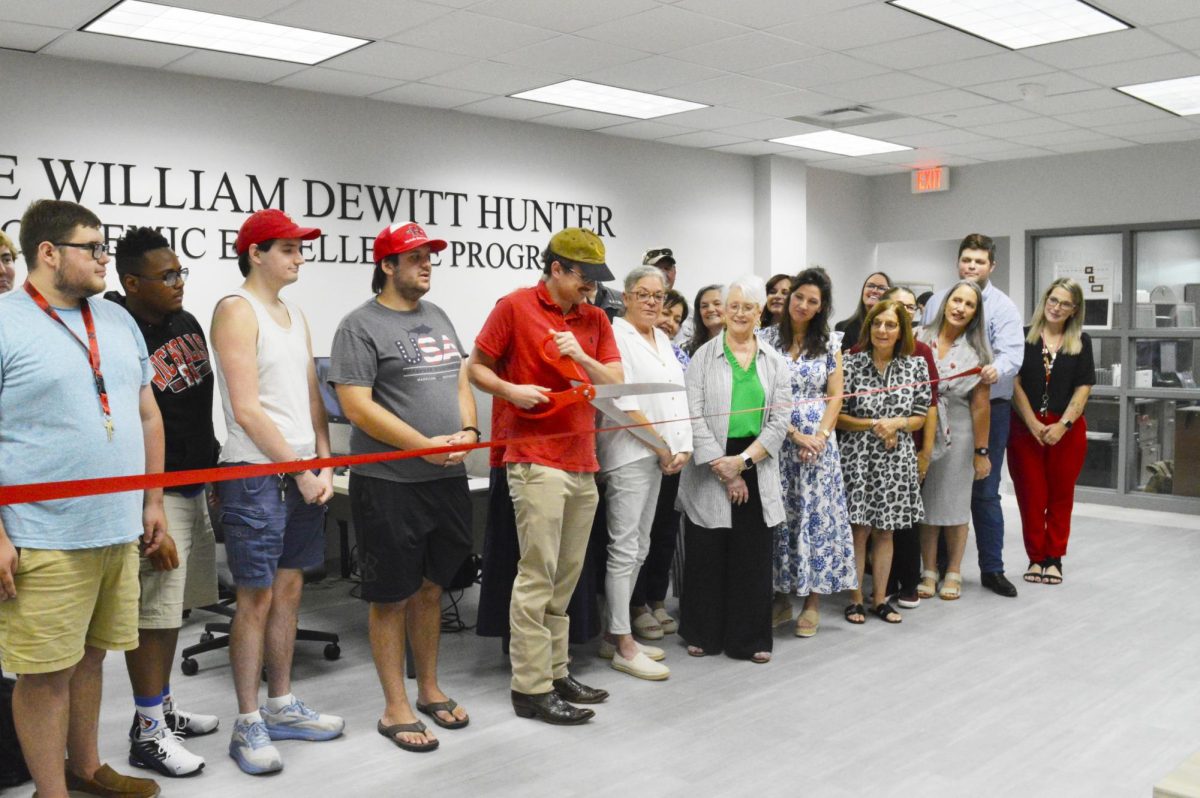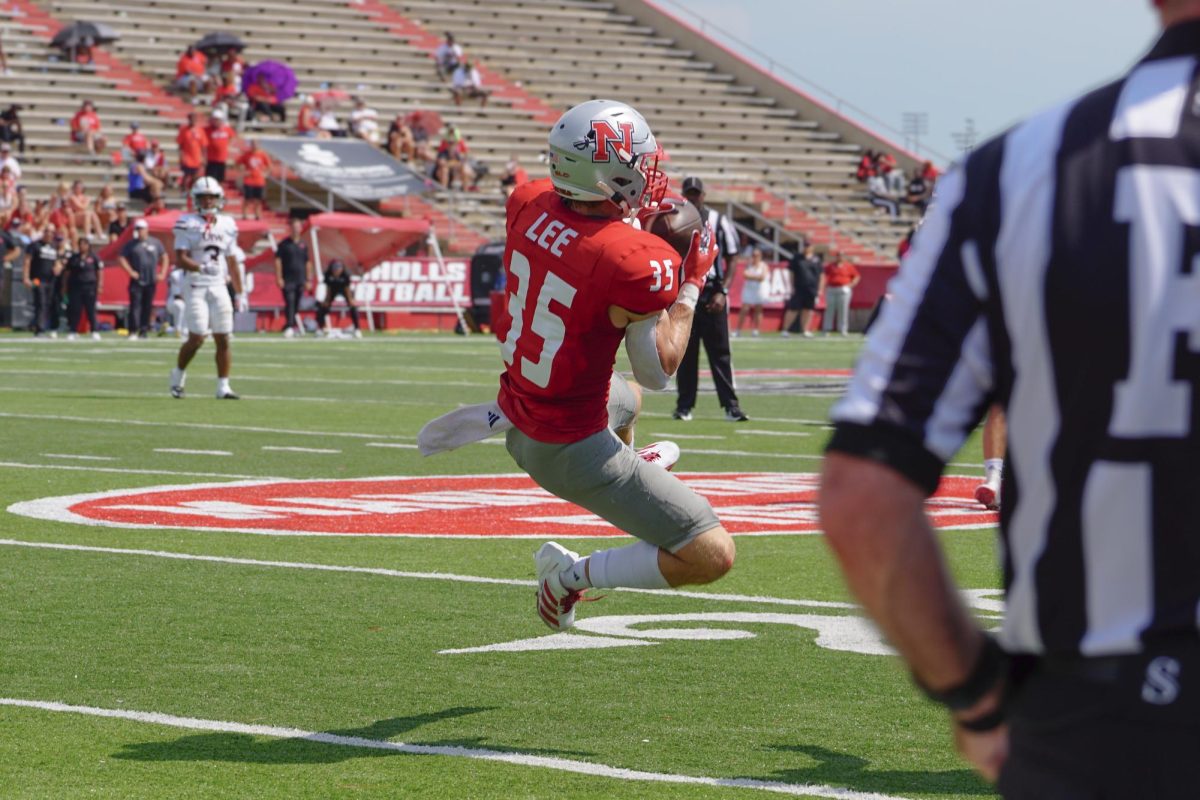President Obama proclaimed January as National Slavery and Human Trafficking Prevention month to bring awareness to trafficking in the U.S.
“Human trafficking involves an act of recruiting, transporting, transferring, harboring or receiving a person through a use of force, coercion or other means, for the purpose of exploiting them,” the United Nations Office on Drugs and Crime states.
According to a White House press release, Obama’s proclamation was intended to coincide with National Freedom Day on Feb. 1.
As stated by the 2010 Trafficking in Persons Report, “12.3 million adults and children are forced in labor, bonded labor, and forced prostitution around the world.”
According to the Federal Bureau of Investigation, human trafficking is modern day slavery. It is comprised of three elements: what is done, how it is done, and why it is done. There are also two different forms of human trafficking: labor trafficking and sex trafficking.
“Not only is human sex trafficking slavery, but it is a big business,” the FBI states. “It is the fastest-growing business of organized crime and the third-largest criminal enterprise in the world.”
The FBI also states that sex trafficking has become more organized and violent over the years, with young girls and women being locked in rooms, brothels and other shelters for weeks to months, while being drugged, terrorized and constantly raped.
“Many traffickers use a hierarchy system similar to that of other criminal organizations,” the FBI states. The system includes a victim of the trafficker known as the “bottom.” She is one that has been with the trafficker longest, and her duties include collecting money from the other girls, making sure they are doing their job, seducing new girls into the business and handling the day-to-day business for the trafficker.
Along with abusing their victims and making them solely dependent on the trafficker, the trafficker confiscates any form of identity including birth certificates, passports and drivers’ licenses.
In Louisiana, there is a trafficking task force in place to rescue victims along one of the trafficking corridors that runs through Louisiana.
According to the Louisiana Commission of Law Enforcement and Administration of Criminal Justice, “The Louisiana Human Trafficking Task Force (HTTF)’s purpose is to rescue victims on the Interstate 10 or I-10 corridor, which is from the Texas border on the West to the Mississippi border on the East. The HTTF uses regional law enforcement response teams that will identify and rescue victims of human trafficking in the targeted areas.”
Alicia Kozak, graduate assistant in Women’s Resource and Services, said, “Sex trafficking is a serious issue and has been pushed under the rug, especially because many think it does not occur here in the states, but with recent news stories we see that that is not true. It happens everywhere and I think it is about time that awareness is raised.”
Nationally, stories of trafficking of young girls in the U.S., like Jillian Mourning, are beginning to spread. Mourning, according to The Huffington Post, was 19 when she became a victim of sex trafficking. As a model, her manager and others raped her and sold pictures and videos online.
With human trafficking taking place underground and victims being attached to their trafficker and not willing to come forward, the real size and magnitude of the problem is unclear, the United Nations Office on Drugs and Crime says.
Trafficking an issue in America
Pauline Wilson
•
January 30, 2013
0
More to Discover







